We may earn money or products from the companies mentioned in this post. This means if you click on the link and purchase the item, I will receive a small commission at no extra cost to you ... you're just helping re-supply our family's travel fund.
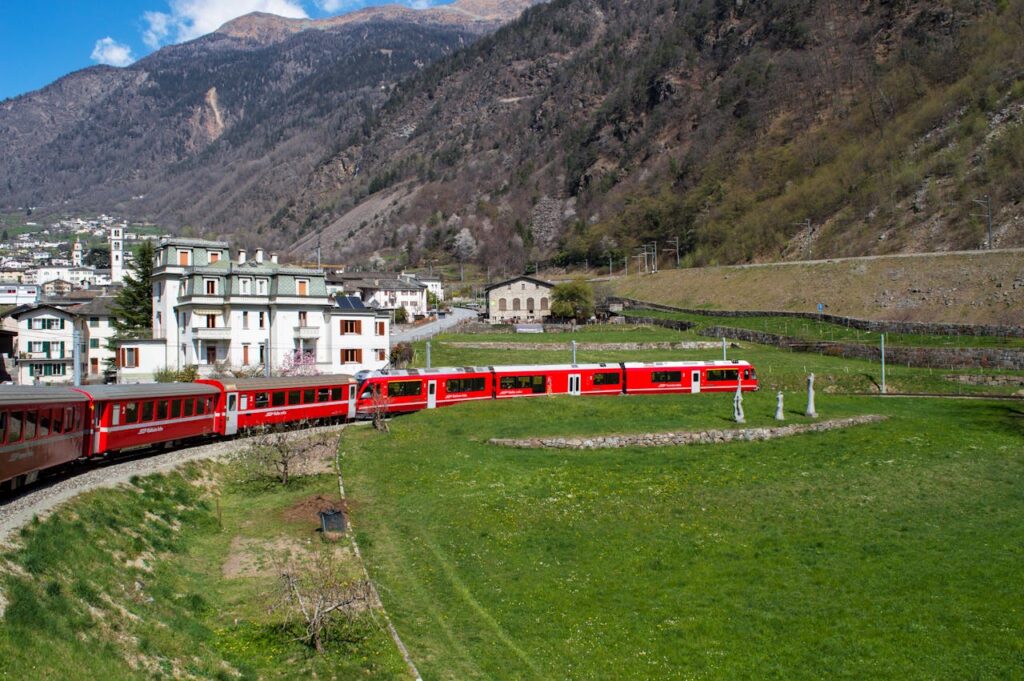
When you travel Europe by train, the landscape becomes the journey instead of something to rush through. Mountains roll toward the windows, rivers stay close for miles, and villages appear like watercolor scenes before slipping away again. Unlike highways or airports, trains drop you in the middle of towns, giving you both convenience and atmosphere. Whether it’s alpine glaciers, vineyards, or coastlines, the view outside the carriage feels like an unfolding story you get to watch in comfort.
West Highland Line, Scotland
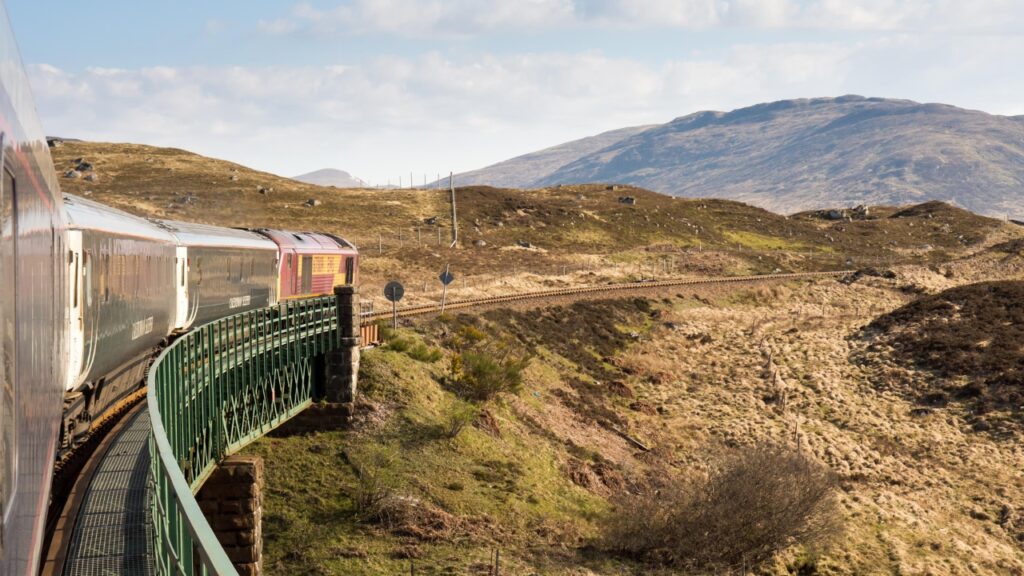
Leaving Glasgow, the scenery changes quickly from city bustle to wide moors and dark lochs that catch shifting skies. The train skims across Rannoch Moor, where tracks feel suspended above marsh and water, before crossing the famous Glenfinnan Viaduct. Summer brings heather and endless light, autumn carries mist and sudden rainbows. The trip ends in Mallaig with ferries bobbing at the pier and fish and chips worth the wait. Sit on the left leaving Glasgow for the most dramatic views.
Bernina Express, Switzerland to Italy
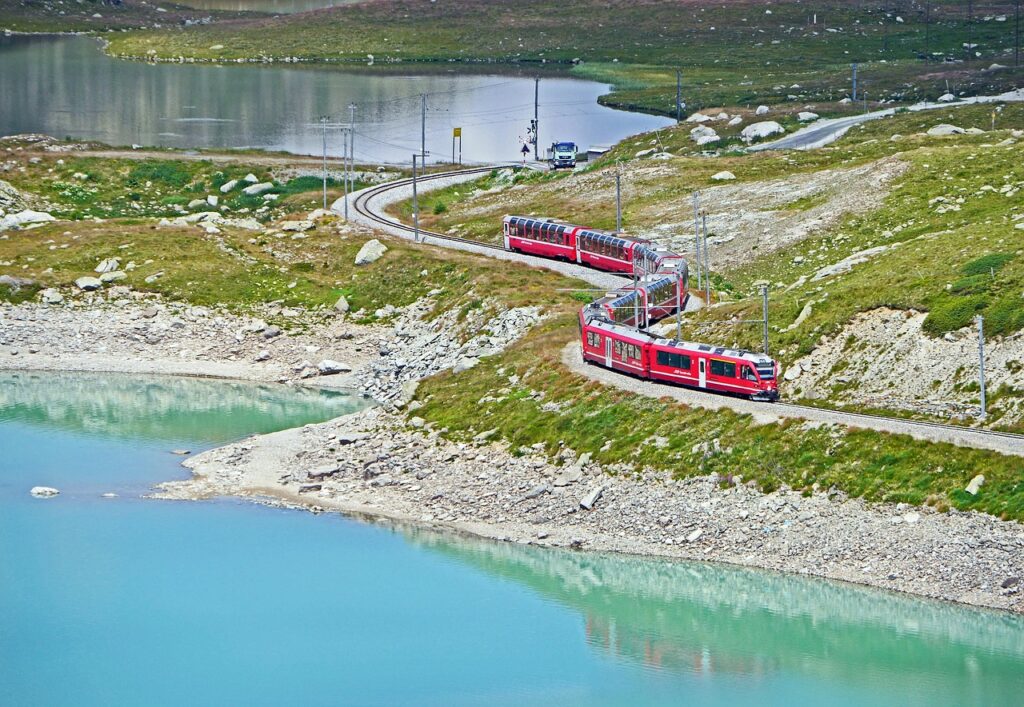
This alpine journey climbs from Chur or St. Moritz, passing glaciers that seem close enough to touch, before cresting the Bernina Pass where snow lingers even in July. The train loops and spirals across viaducts, showcasing the engineering without hiding the mountain drama. Soon the air warms, vineyards appear, and you roll into Tirano for espresso. In winter, light bounces off snowfields; in summer, alpine meadows scatter wildflowers. Large panoramic windows give you uninterrupted views of this high-altitude theater.
Glacier Express, Switzerland

Between Zermatt and St. Moritz, this slow-moving “express” takes eight hours and proves that pace can be luxury. The route winds past deep gorges, high bridges, and quiet valleys before reaching the Oberalp Pass, where the tracks run at over 6,600 feet. Snow transforms the line into a monochrome dream, while summer shows pastures dotted with cows and villages clinging to hillsides. Onboard meals turn the day into an elegant passage where scenery arrives like courses at a table.
Bergen Line with Flåm Railway, Norway
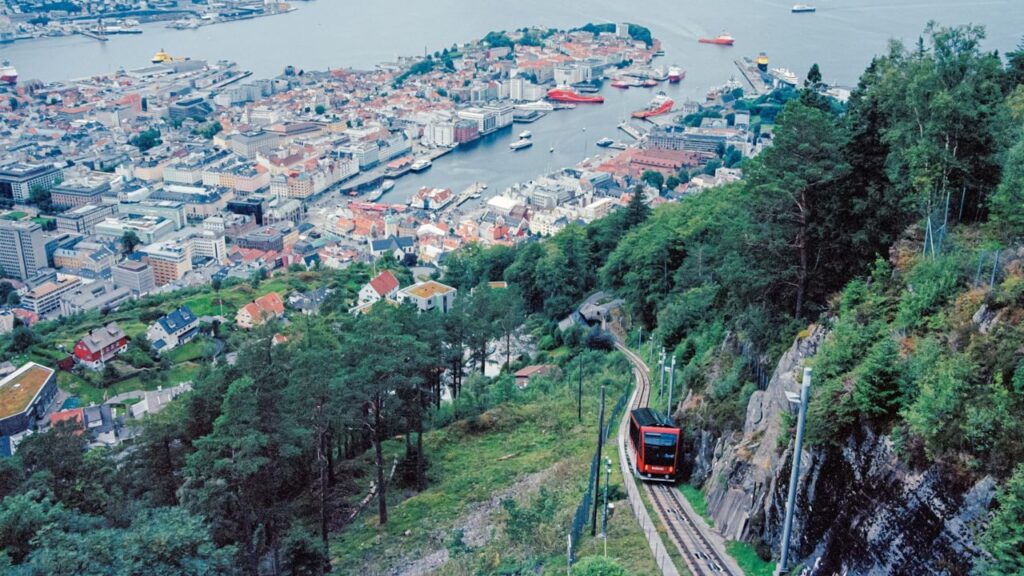
Crossing Norway from Oslo to Myrdal, the Bergen Line carries you over high tundra dotted with lakes and windswept birch. From Myrdal, the Flåm Railway drops nearly 3,000 feet to the fjord in just 12 miles, one of the steepest standard-gauge lines in the world. Waterfalls thunder beside the tracks, while still water reflects cliffs and boats below. Summer pairs well with fjord cruises; winter creates a stark contrast of frozen rivers and dark forests beneath pale skies.
Rauma Line, Norway
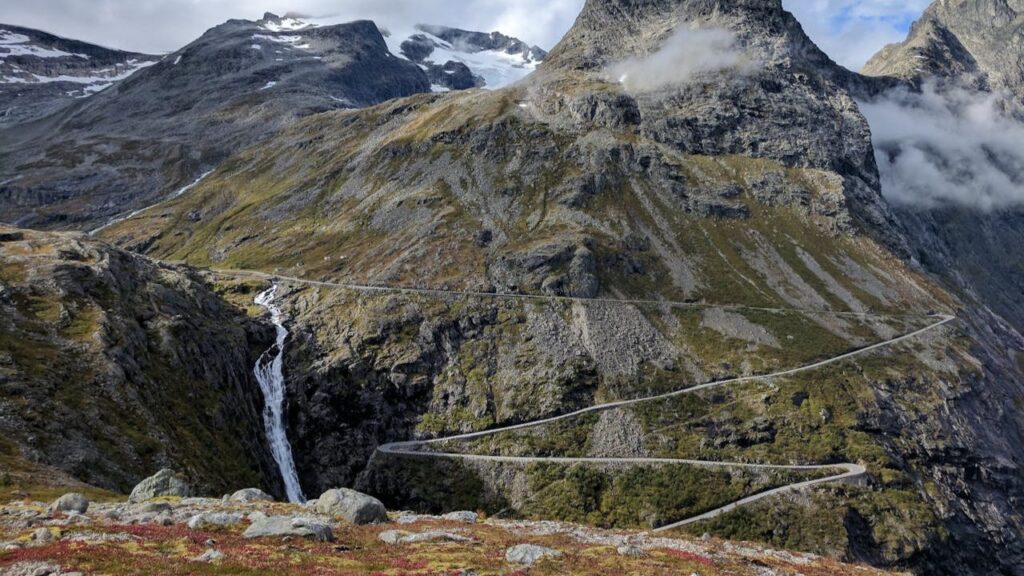
Though short, the Rauma Line delivers some of Norway’s sharpest scenery between Dombås and Åndalsnes. You ride beside the emerald Rauma River while sheer cliffs of Trollveggen, Europe’s tallest vertical rock wall, tower above. The line crosses the graceful Kylling Bridge, where you can look straight into the gorge before descending toward a fjord ringed with peaks. Summer offers hiking trails from station stops, while autumn burns with gold leaves. It’s a compact journey that feels vast.
Rhine Valley Railway, Germany
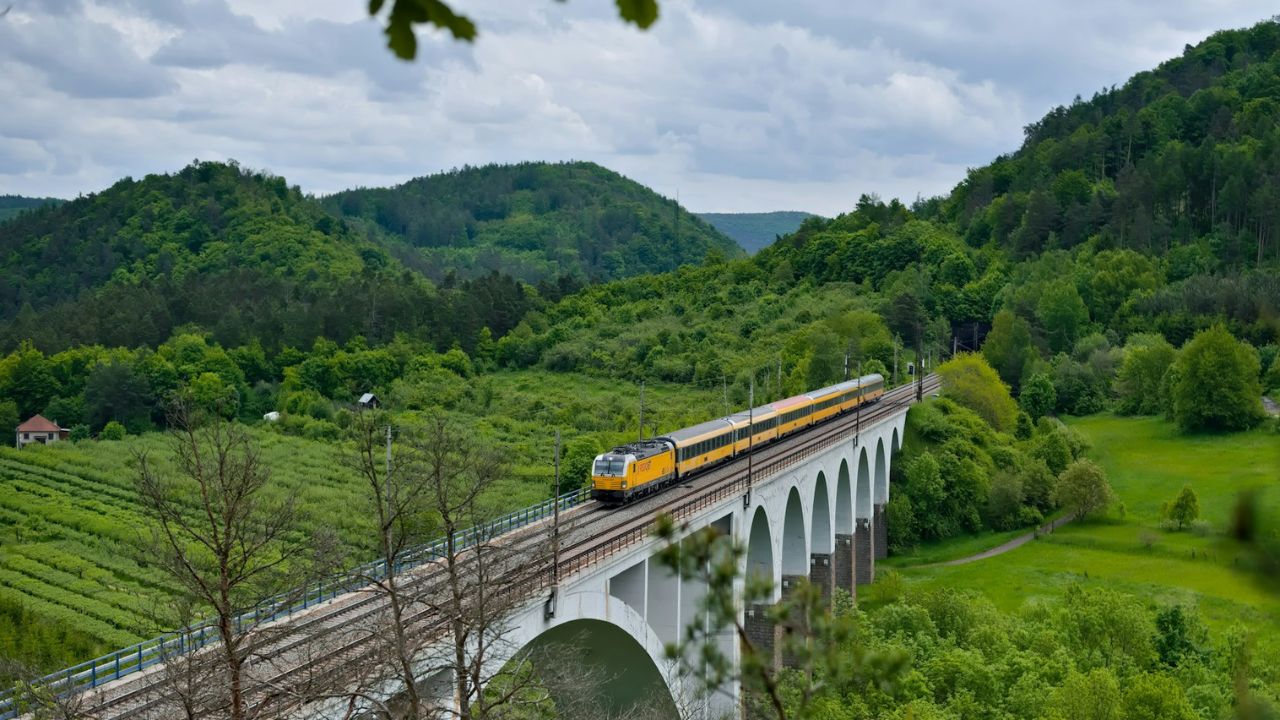
Between Koblenz and Mainz, trains hug the Rhine River, where castles sit on every hilltop and vineyards drop in neat terraces toward the water. Barges and ferries drift alongside, and towns with timber-framed houses appear at each bend. The Lorelei rock rises as a landmark wrapped in legend. Warm months bring riverside festivals and vineyard tastings, while winter lights the towns with Christmas markets. Choose your seat carefully: northbound favors right-side castle views, while southbound the left captures them.
Douro Line, Portugal
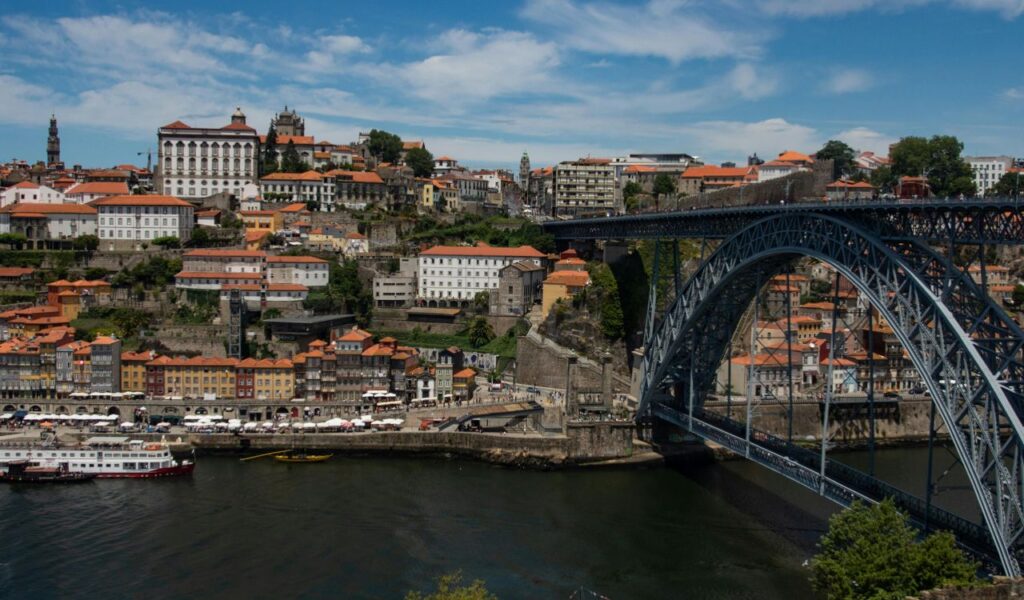
Leaving Porto, the train follows the Douro River deep into wine country, with terraced vineyards carved into the steep hillsides. The ride slows as you near Pinhão, where station walls are decorated with blue-tiled scenes of harvest. Boats still haul grapes on the river, adding to the timeless feel. Summer afternoons bathe everything in golden light, while autumn carries the smell of ripe fruit and fermenting wine. Every mile brings a deeper sense of Portugal’s connection to its river.
Cinque Terre Line, Italy
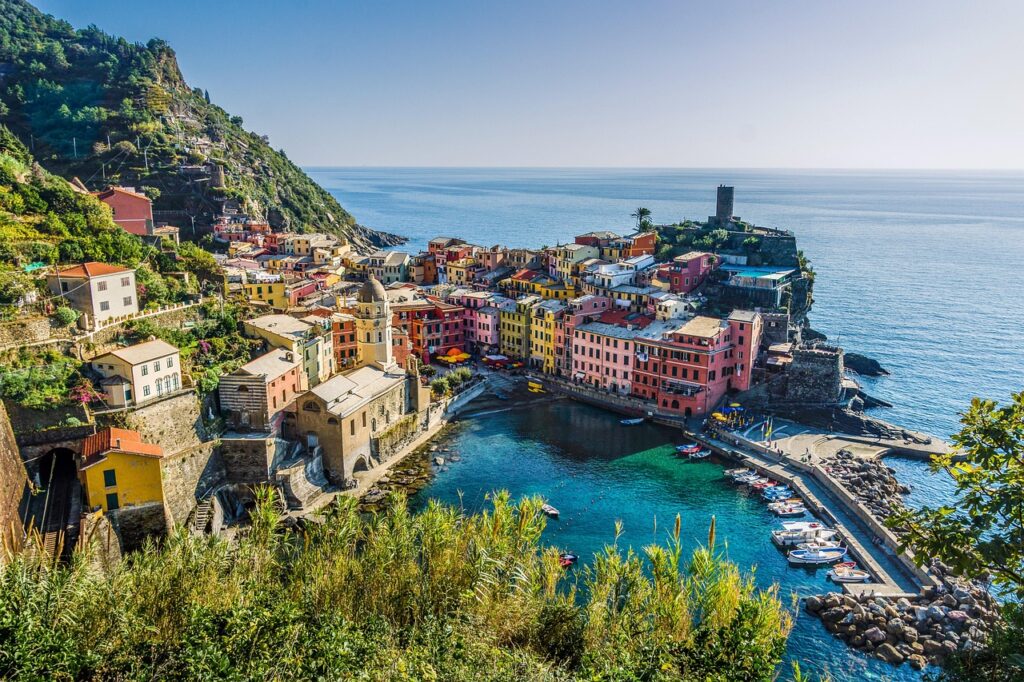
Running between La Spezia and Levanto, the Cinque Terre trains duck in and out of tunnels before revealing sudden bursts of Ligurian blue. Each stop opens into a village where pastel houses climb terraces and anchovy boats rest in harbors. It’s a short line but packed with drama: cliff paths, lemon groves, and restaurants balancing above the sea. Summer is busy but lively; spring and autumn feel gentler and cooler. The sea-side seat rewards you with fleeting coastal views.
Semmering Railway, Austria
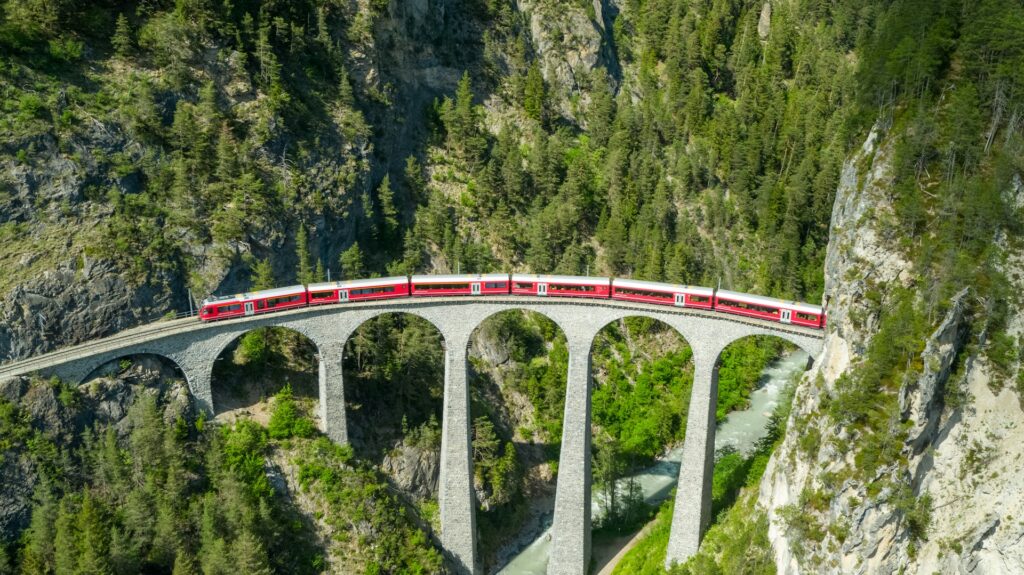
This pioneering mountain line built in the 1850s still feels daring as it crosses viaducts and curves through forested valleys. Villas and meadows open like postcards, then the track disappears into hand-carved tunnels before swinging back to reveal more alpine drama. The engineering alone is impressive, but it’s the rhythm of peaks, forests, and villages that makes it memorable. Winter cloaks everything in snow; spring brings fresh greens. It’s both a technical marvel and a scenic delight.
Train Jaune, French Pyrenees
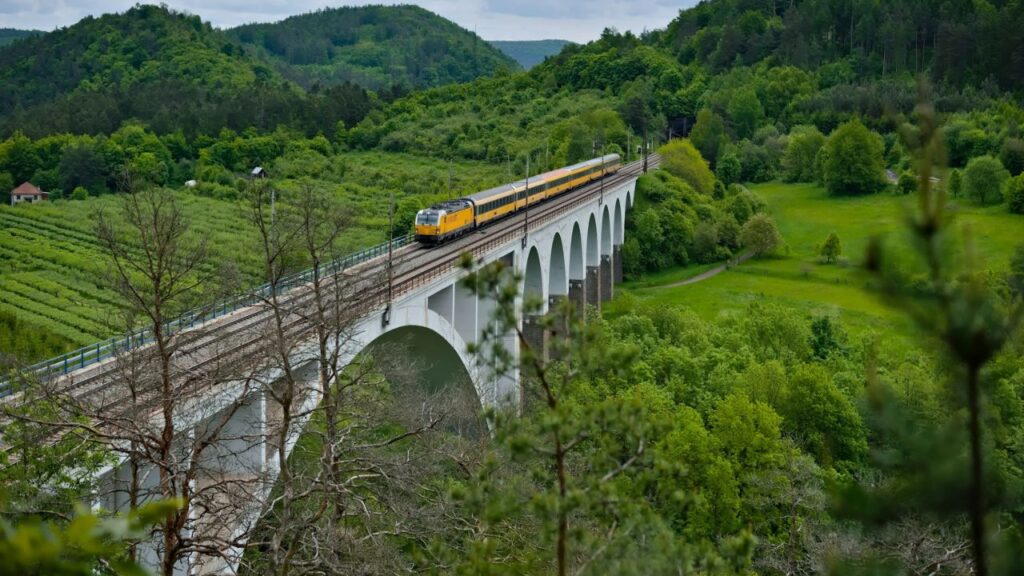
The little yellow train climbs from Villefranche-de-Conflent into the Pyrenees, passing stone bridges and cliffside tracks. Open carriages in summer feel like moving balconies, while enclosed cars keep winter passengers warm as snow paints the mountains. Villages along the route invite quiet stops for bread, cheese, and mountain views. The pace is unhurried, letting you watch valleys widen and peaks sharpen. June shows green fields, while September offers crisp skies and fewer travelers. It’s charm painted in yellow.
Belgrade–Bar Railway, Serbia to Montenegro
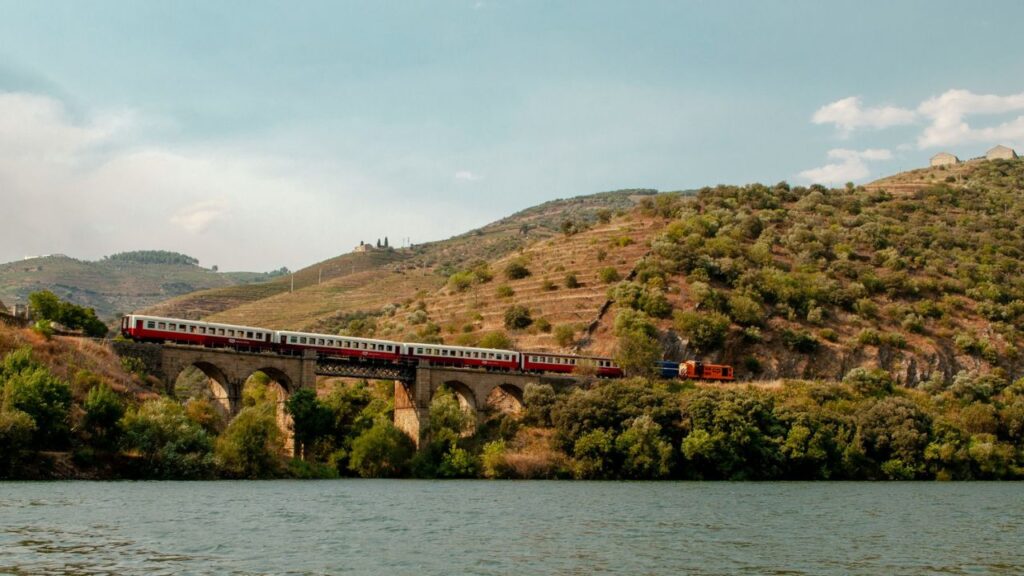
This dramatic line stretches from the Danube plains to the Adriatic coast, crossing more than 400 bridges and 250 tunnels. The highlight is the Mala Rijeka Viaduct, soaring nearly 500 feet above the gorge. The scenery shifts constantly, from farmland to karst cliffs, then to the shimmer of the sea. Summer daylight makes the full 11-hour journey brighter and more rewarding, while spring shows everything in bloom. Pack snacks and patience; the views more than repay the long ride.
Inlandsbanan, Sweden
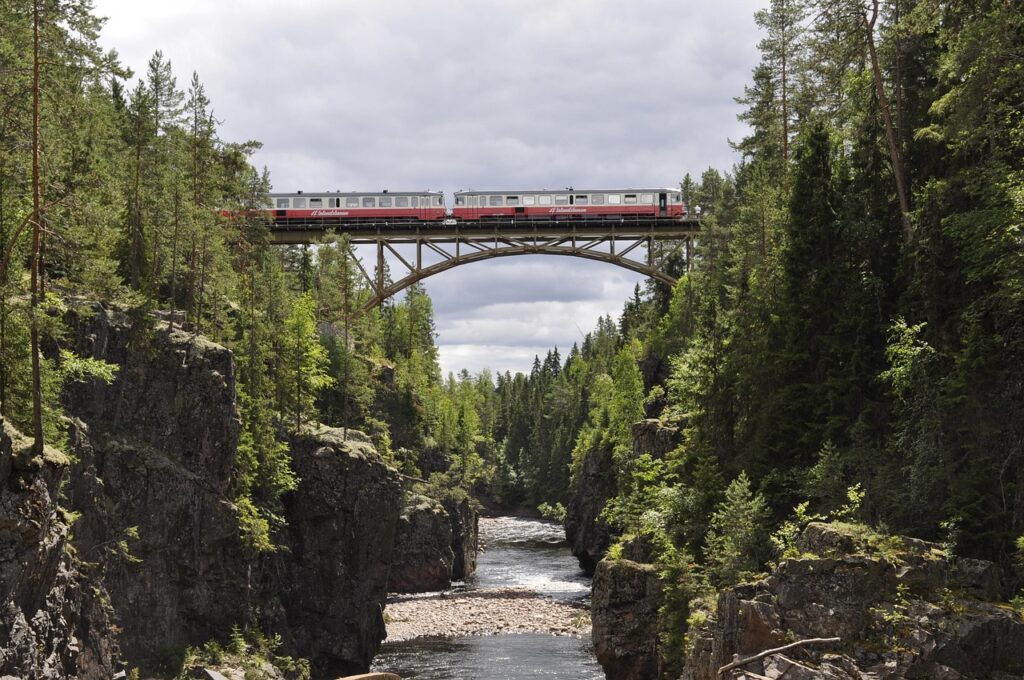
This inland line runs nearly 800 miles across Sweden, connecting small towns, forests, and endless lakes. Conductors double as guides, pointing out reindeer, moose, and historic sites along the way. You stop for meals in station cafés that serve hearty plates and cinnamon rolls. In summer, light lingers nearly all night, making the trip feel timeless. Winter transforms forests into white corridors. It’s less about destination and more about discovering how life unfolds in Sweden’s quiet heart.
Centovalli Railway, Switzerland to Italy
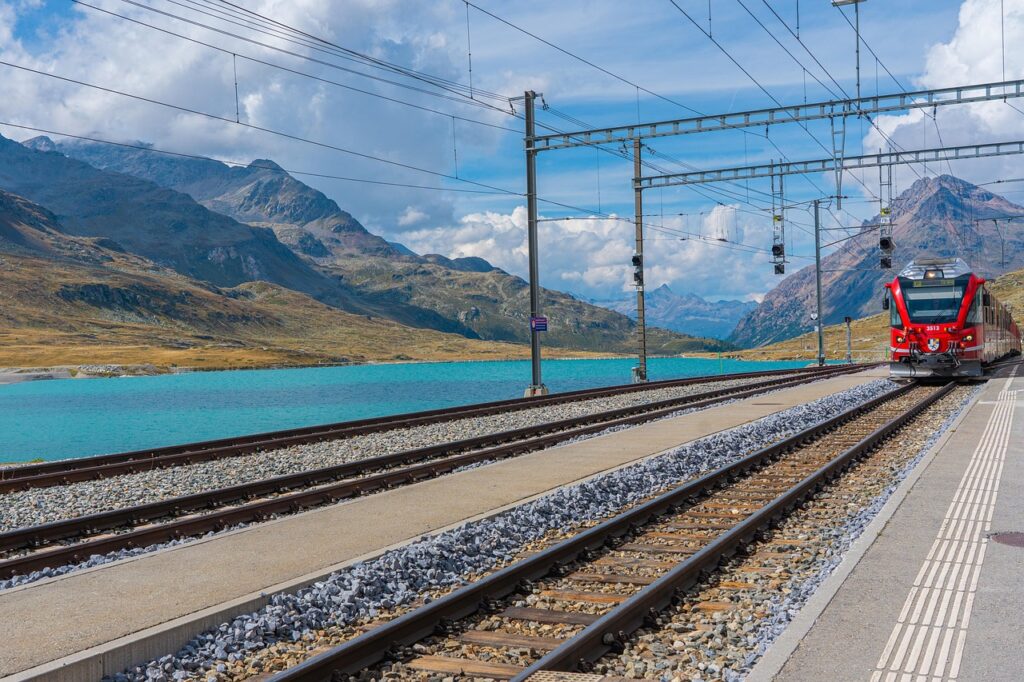
Between Locarno and Domodossola, the Centovalli or “hundred valleys” weaves across narrow bridges, chestnut woods, and villages clinging to steep slopes. Waterfalls plunge into ravines, and small stops let you stretch legs or sip coffee. Spring means roaring rivers and bright greens, while autumn smells of woodsmoke and ripening grapes. Trains are modest but comfortable, and openable windows let you dodge glare for photos. It’s a short ride that feels rich with layered scenery and timeless rhythm.